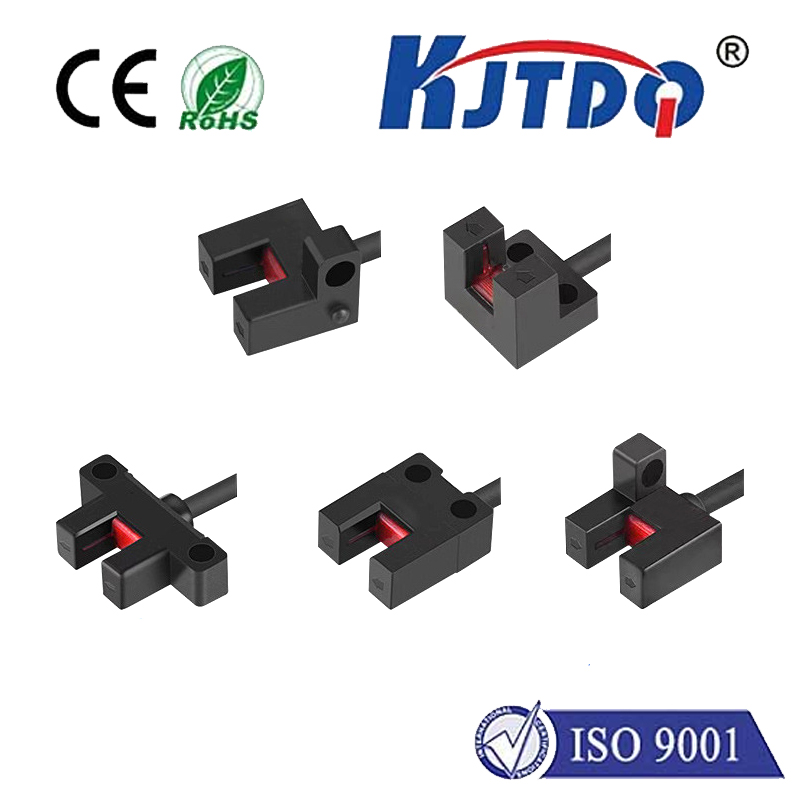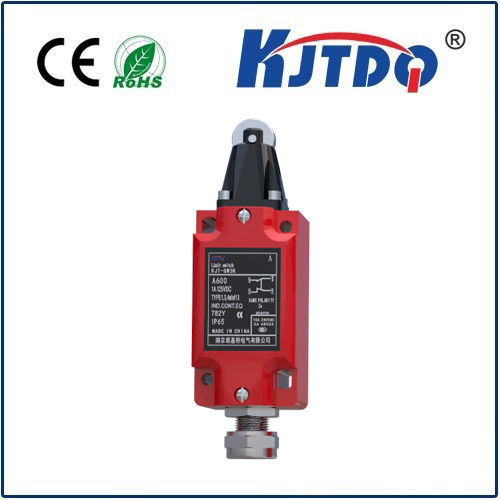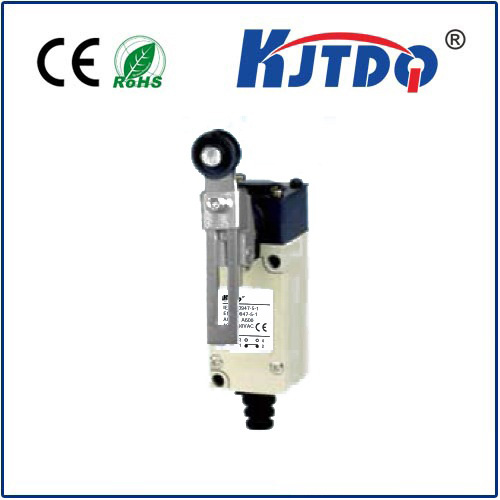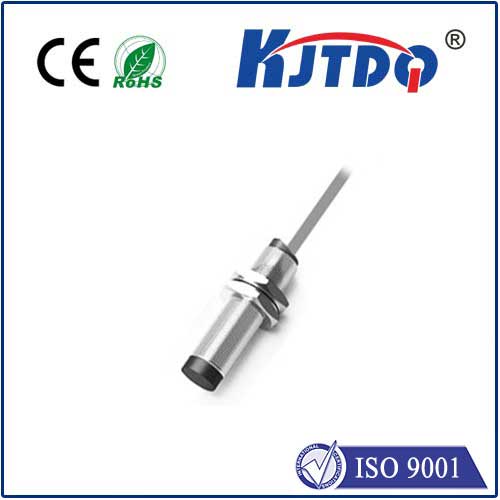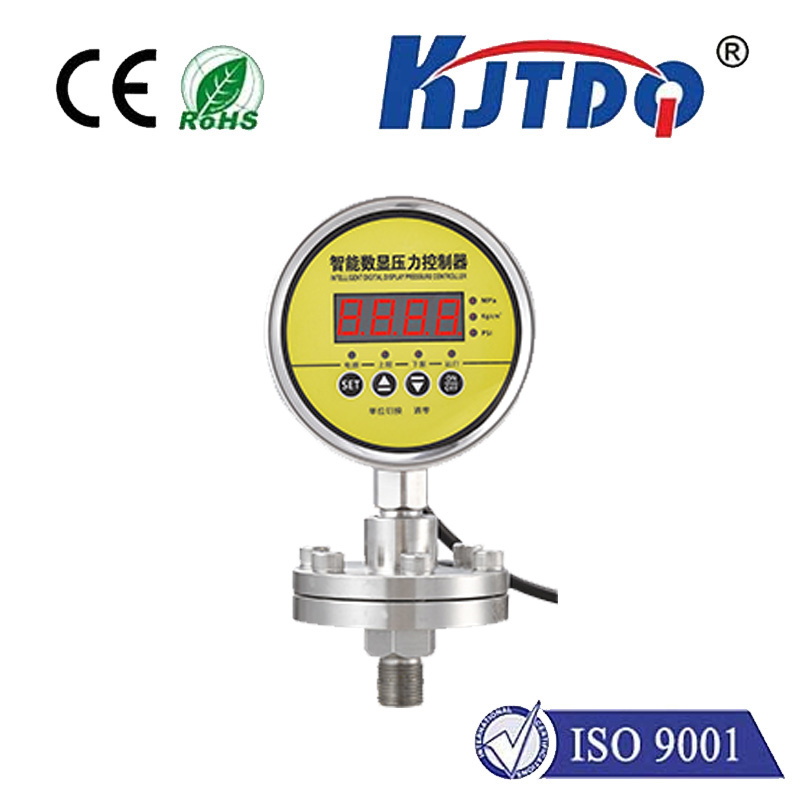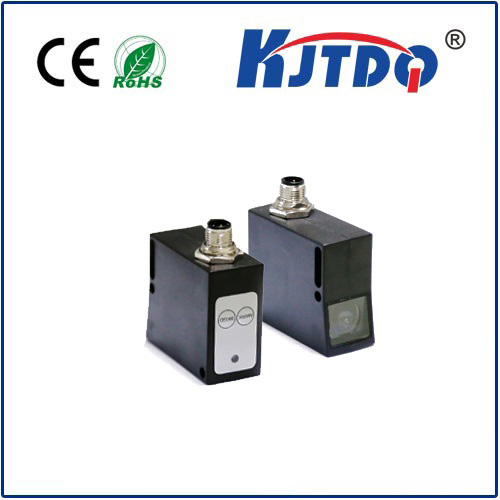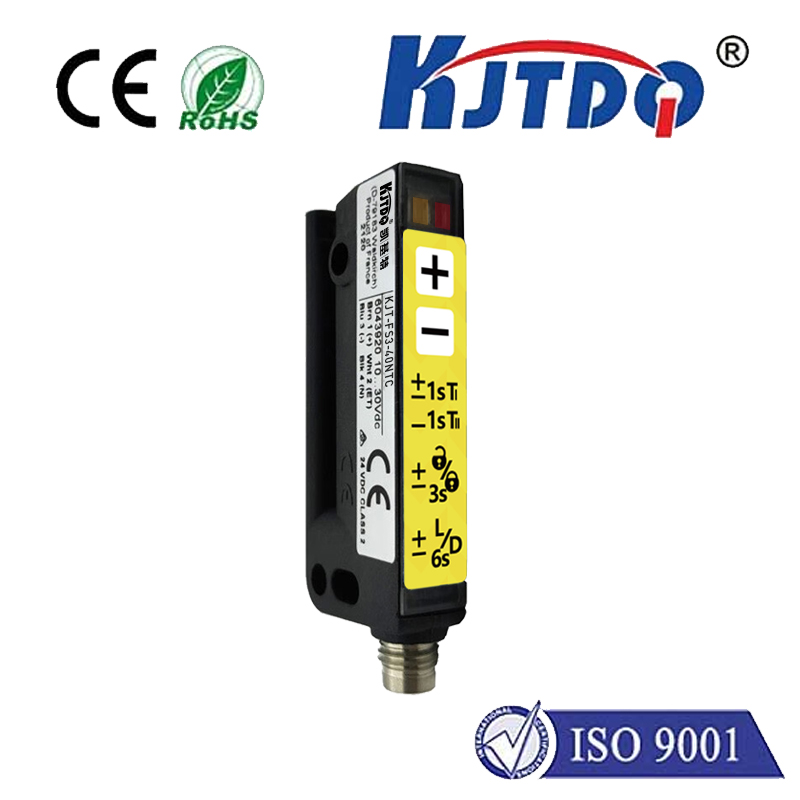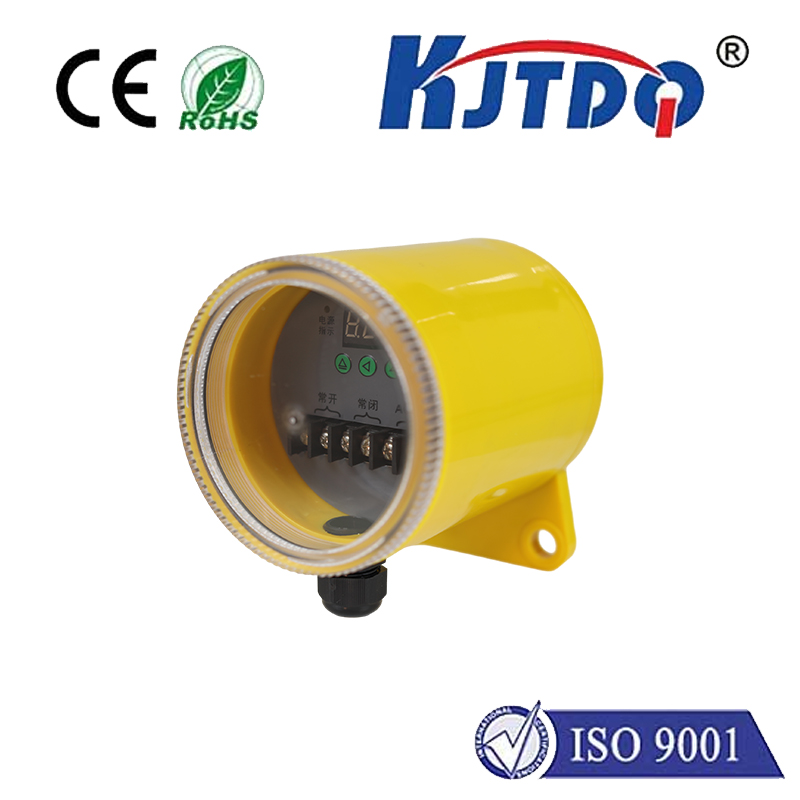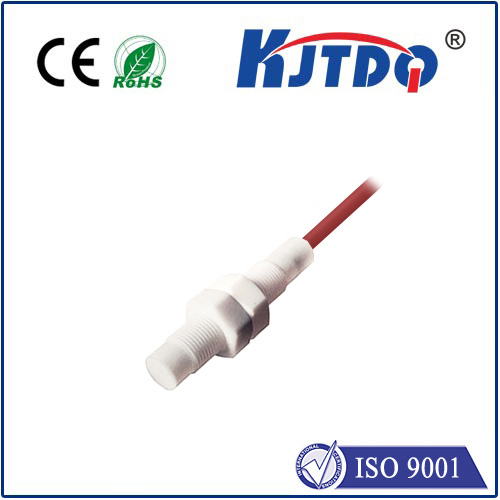
check

check

check

check
Title: The Importance of Limit Switches in Industrial Applications
Introduction to Limit Switches
Limit switches are an essential component in industrial automation and control systems. They serve as a physical mechanism that detects the position of a switch or lever, typically used to indicate the end of motion or the limit of a machine's travel. This article will discuss the significance of limit switches in industrial applications, their types, and how they contribute to overall system efficiency and safety.
Types of Limit Switches
There are several types of limit switches available for industrial use, including:
1. Toggle Switches: These switches consist of two parts, a stem that can be rotated between two positions (on and off), and a spring that returns the stem to its original position when pushed. Toggle switches are commonly used in light-duty applications where quick activation is required.
2. Proximity Switches: These switches operate on the principle of electromagnetic induction, sensing the presence of an object within a certain distance from them. Proximity switches can be either inductive or capacitive, depending on their design. They are often used in high-precision positioning tasks where accuracy is critical.
3. Potentiometer Switches: Similar to proximity switches, potentiometer switches utilize electromagnetic principles but have a more extended range of operation. They consist of a metal contact that moves in response to changes in electric current flowing through it, allowing for precise control over the position of the switch.
The Role of Limit Switches in Industrial Automation
Limit switches play a crucial role in ensuring safe and efficient operation of industrial machines and systems. They help prevent over-travel or movement beyond the specified limits, minimizing damage to equipment and preventing potential hazards. Some specific benefits of using limit switches in industrial applications include:
1. Safety: Limit switches significantly reduce the risk of injury or damage to personnel by detecting and preventing excessive machine movement. In addition, they can trigger emergency stop systems, stopping the machine instantly when an issue arises.
2. Efficiency: By restricting machine movement to predefined limits, limit switches help maintain optimal performance and prolong the life of equipment. This translates to reduced maintenance costs, improved energy efficiency, and increased productivity.
3. Reliability: Limit switches are highly reliable components in industrial automation systems, providing consistent feedback on the status of machines and preventing unexpected downtime.
Conclusion
Limit switches are a fundamental component in industrial automation and control systems, playing a vital role in maintaining safe, efficient, and reliable operations. Their various types cater to different needs and operating conditions, ensuring optimal performance and protection for both equipment and personnel. By integrating limit switches into their systems, industries can achieve better outcomes while minimizing risks and maximizing productivity.
